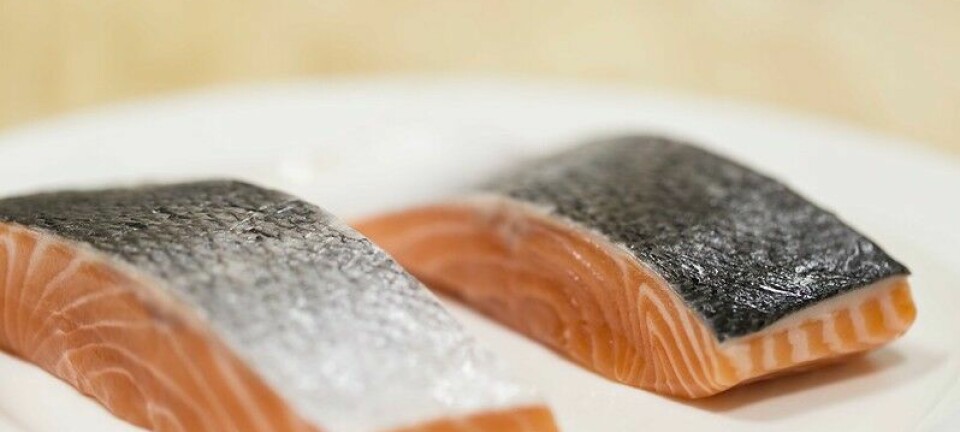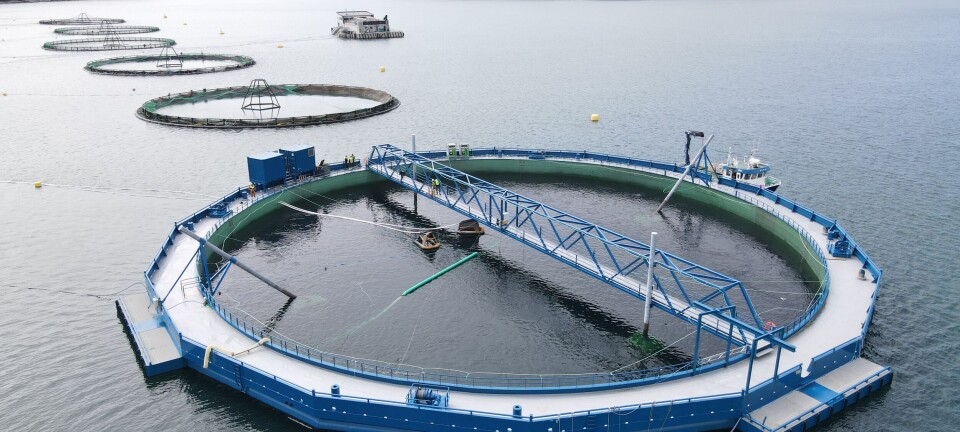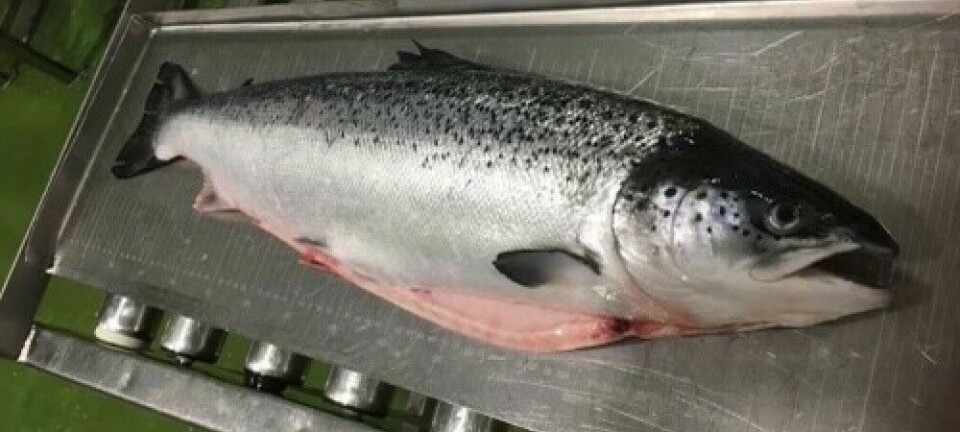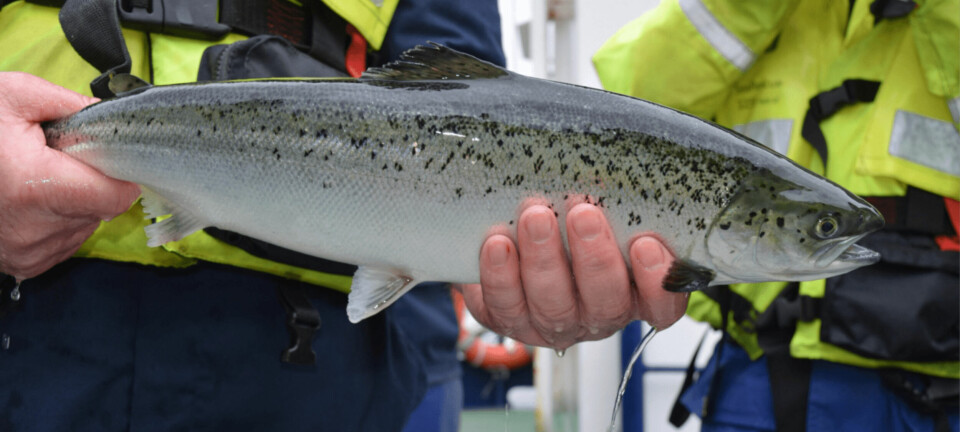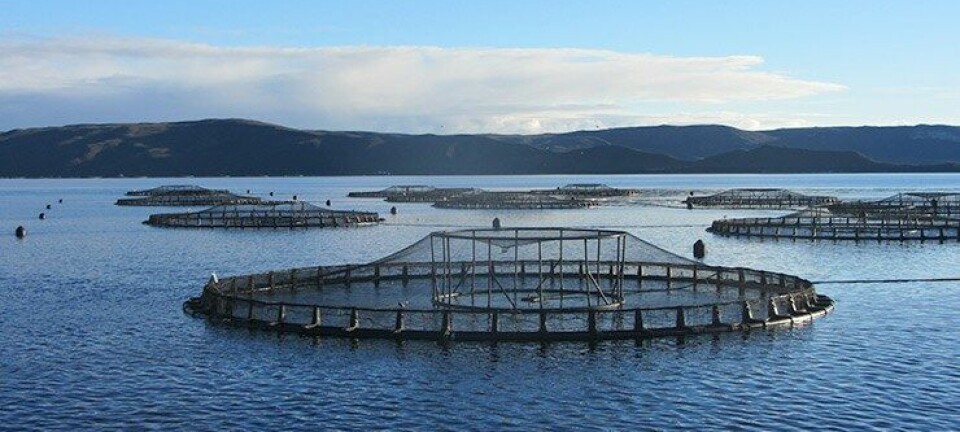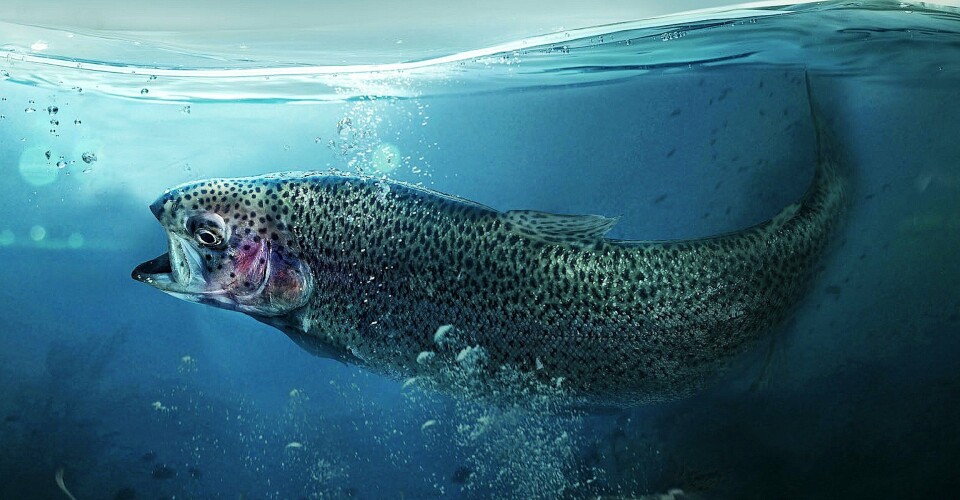
Mucus monitoring 'is breakthrough for fish health'
Universal reference framework can give farmers early warning of health challenges, says QuantiDoc
Norwegian biotech company QuantiDoc has established what it says is the first universal reference framework for monitoring barrier health (outer immune system) in aquaculture.
A QuantiDoc study published in the Journal of Fish Diseases defines what is normal for gills and skin in salmon and 11 other fish species and provides farmers with a scientific tool to proactively monitor and improve fish health.
In practice, the results show that the gill mucosa (the mucus barrier protection) has a narrow homeostatic range, making gill health a highly accurate early warning mechanism for stress and disease, QuantiDoc said in a press release. This marks an important shift for the aquaculture industry by enabling continuous immune monitoring through QuantiDoc's proprietary technology, Veribarr.
Early detection
QuantiDoc said the provision of universal reference values for barrier health means that deviations can be detected before fish health deteriorates.
It added that that gill mucus protection has a narrow balance range, so even small deviations signal a response to environmental stress, reinforcing the need for continuous monitoring.
The study mapped mucus production in 12 species and showed that gills have two distinct groups:
1. Few and small mucus cells on the lamellae, optimised for respiration, are the most sensitive area
2. More and larger mucus cells on the filaments, optimised for defence
More protection
Farmed salmon have higher mucus protection than wild fish, said QuantiDoc. This suggests that environmental conditions in farming trigger an increased immune response, making continuous monitoring crucial.
The company said that a recent study by Sharifian et al. (2024) acknowledges that this research has overcome the limitations of traditional histopathology, and provides an objective, standardised method for analysing barrier health.
QuantiDoc said that fish farmers who use Verribarr can identify stress several weeks before symptoms become visible and take timely action, and could experience lower mortality and better production, as strong barrier tissues provide more robust fish, better growth, and more stable operations.
Furthermore, farmers can quantify and document health status with precision, which provides better control and increased welfare.
Stronger confidence
The ability to certify fish health from hatchery to harvest also strengthens confidence in farmed seafood and creates better economic conditions for both producers and investors, added QuantiDoc.
“A strong and active barrier is the foundation of health,” the company stated. “Research shows that continuous monitoring and control of the fish's immune system on the skin and gills is fundamental for sustainable farming. Without this, the fish risk quickly slipping from health to disease, and research shows that the road back can be very demanding.
“These [study] findings support the fact that immune system monitoring should become standard for all farmers to ensure long-term productivity, better fish welfare and financial stability.”





